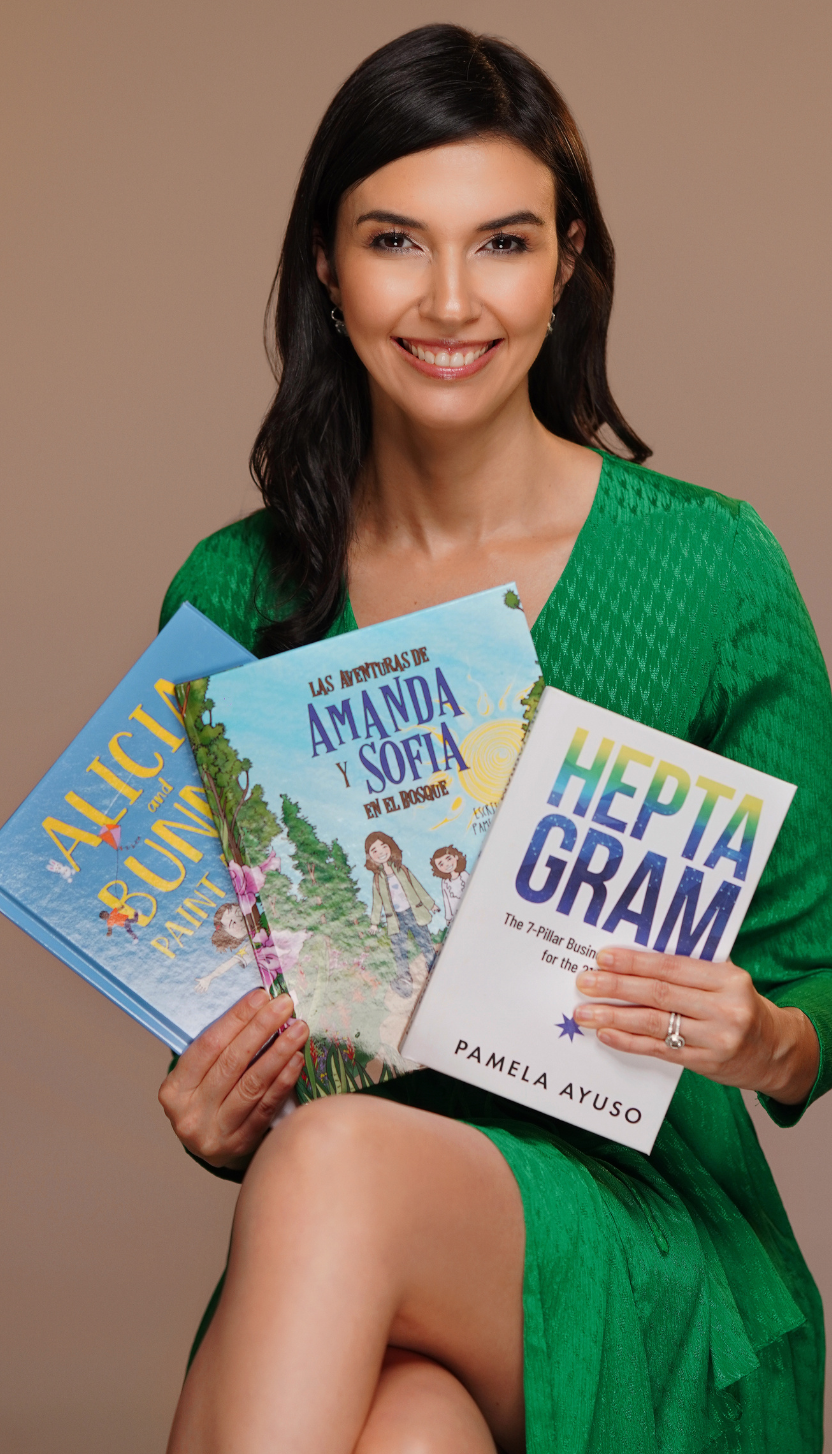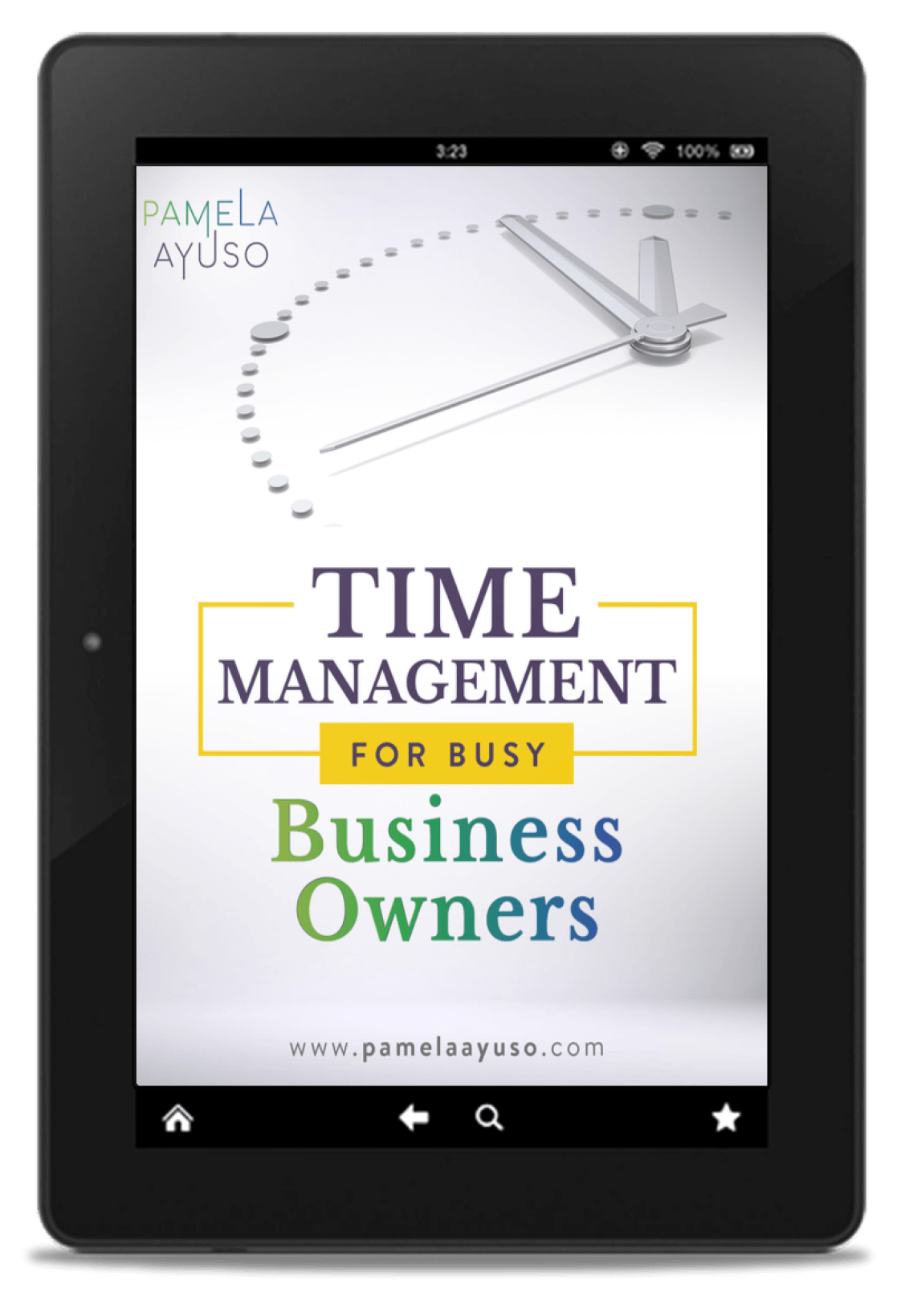In his book, The Most Important Thing: Uncommon Sense for the Thoughtful Investor, Howard Marks (public library) writes extensively about risk. As the co-founder and co-chairman of a highly successful asset management firm called Oaktree Capital Management, he assesses investment risk daily and has unique insight into how it works. Risk is variously defined as volatility and uncertainty – he describes it as the “likelihood of loss.”
Most of us do not buy and sell securities for a living, but we all face risk whenever we make a decision. The quality of our outcomes depends on how well we deliberate and manage the inherent risk in our choices. We aim to select the best possible path, but there is always a risk that it will turn out differently.
![[Photo: Drahomir Posteby Mach/Unsplash]](/wp-content/uploads/2021/01/drahomir-posteby-mach-OL2FkTjKD6w-unsplash.jpg)
[Photo: Drahomir Posteby Mach/Unsplash]
Measuring Risk
“First, it clearly is nothing but a matter of opinion: hopefully an educated, skillful estimate of the future, but still just an estimate. Second, the standard for quantification is nonexistent …. Third, risk is deceptive. Conventional considerations are easy to factor in, like the likelihood that normally recurring events will recur. But freakish, once-in-a-lifetime events are hard to quantify. “
– The Most Important Thing: Uncommon Sense for the Thoughtful Investor, Howard Marks
According to Marks, there is no real way to quantify risk. This issue is especially true for private investments that do not have public valuations. He holds that the best way to measure risk is through judgment based on experience.
At Celaque, this is how we also measure risk. All of this is not to say, however, that judgment equals a person’s gut instinct about the uncertainty. For every critical decision, weighing all the risks and finding ways to minimize losses without sacrificing gain is essential.
Anything Can Happen
“I realized that because of its latent, nonquantitative and subjective nature, the risk of an investment—defined as the likelihood of loss—can’t be measured in retrospect any more than it can a priori.”
– The Most Important Thing: Uncommon Sense for the Thoughtful Investor, Howard Marks
The past could have turned out differently. This conclusion is one of my biggest takeaways from the book. In a way, it is all a gamble: what happened in the past is only one possible outcome of many that could have happened. That great decision which had a terrific conclusion in the past may have easily not occurred. Nothing is written in stone.
The same applies to the future, as there are many possible results. When we make a decision, we are hoping for the best outcome, but an improbable one can also occur.
“Bruce (Newberg) has put it admirably into words: ‘There’s a big difference between probability and outcome. Probable things fail to happen—and improbable things happen—all the time.’ That’s one of the most important things you can know about investment risk.”
– The Most Important Thing: Uncommon Sense for the Thoughtful Investor, Howard Marks
![[Photo: Drahomir Posteby Mach/Unsplash]](/wp-content/uploads/2021/01/drahomir-posteby-mach-4TZ6BR5GAbE-unsplash.jpg)
[Photo: Drahomir Posteby Mach/Unsplash]
Working with Probability
“Obviously investors are required to make judgments about future events. To do that, we settle on a central value around which we think events are likely to cluster …. But to cope with the future it’s not sufficient to have a central expectation; we have to have a sense for the other possible outcomes and their likelihood. We need a distribution that describes all of the possibilities.”
– The Most Important Thing: Uncommon Sense for the Thoughtful Investor, Howard Marks
Probability is not the same thing as the result. One outcome may be more likely than another, but that doesn’t mean that the less probable one will not occur. The point is that the future is unknown. Some things will happen, and others will not. We can use probability to make the most thoughtful decisions possible, and that is the best we can do.
The fact that the future is unpredictable does not mean we must not do anything. We must take action, and we must continue to make decisions. We can, as Howard Marks suggests, find a central probability around which events are likely to occur, and then determine what the rest of the probability distribution looks like.
If you take the time to study the adverse outcomes of a decision, you may find ways to reduce unnecessary risk. With enough thought, you may find easy fixes that may make unacceptable results less likely. As an example, we buy plots of land that we later use to develop our buildings. In or negotiations, we look for ways to minimize how much risk we take on by dividing the transaction in two or agreeing on more extended periods to make our payments.
“In short, what is it that makes outcomes tolerable even when the future doesn’t live up to your expectations? The answer is margin for error.”
– The Most Important Thing: Uncommon Sense for the Thoughtful Investor, Howard Marks
![[Photo: Drahomir Posteby Mach/Unsplash]](/wp-content/uploads/2021/01/drahomir-posteby-mach-9Zb6mnHBH7E-unsplash.jpg)
[Photo: Drahomir Posteby Mach/Unsplash]
One final insight: margin for error. If your decisions have enough of a margin of safety, you have enough room for the loss that will occur at one time or another.
Once risk has been mapped, and unnecessary perils have been removed, then, with enough margin for error, we can choose the best action. Over time, if we consistently work in this way to reduce risk, our track record will show the quality of our decisions.
Marks, Howard. The Most Important Thing: Uncommon Sense for the Thoughtful Investor. Columbia Business School Publishing, May 2011. Hardcover.



